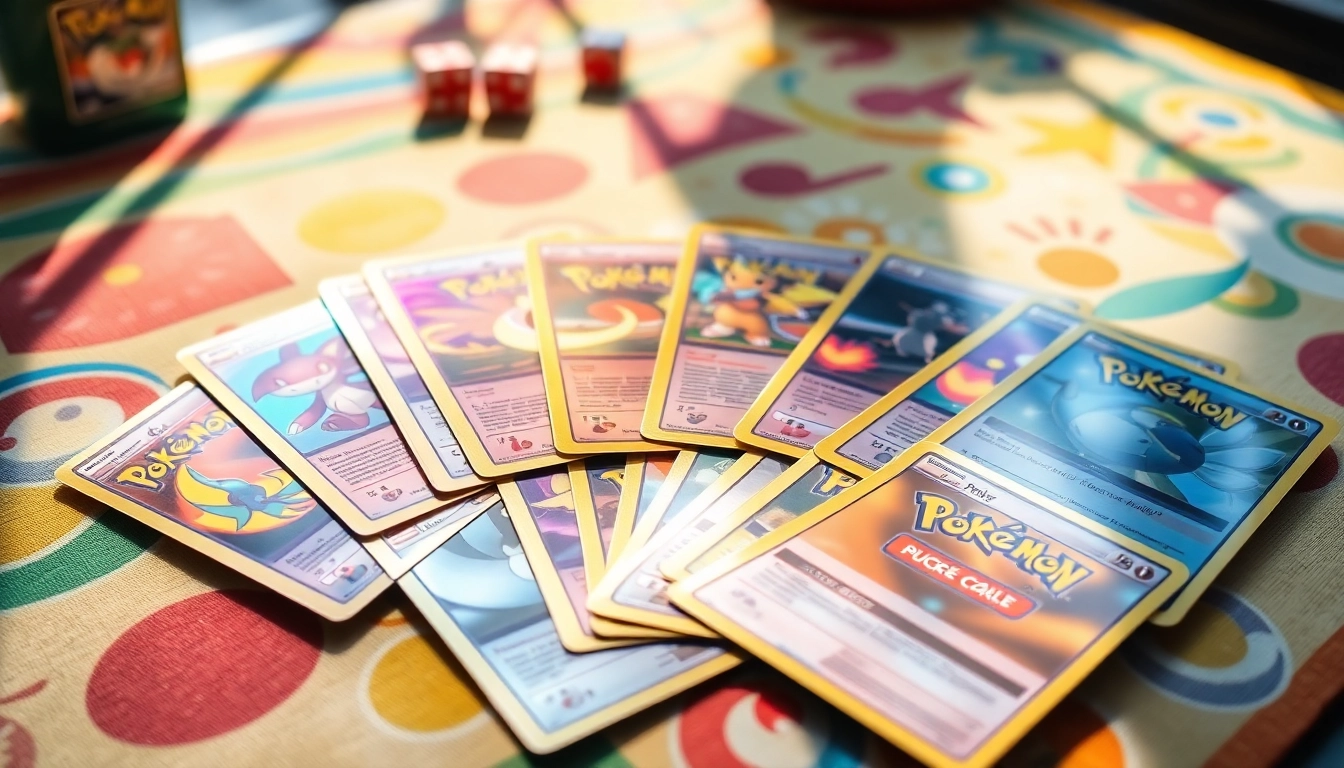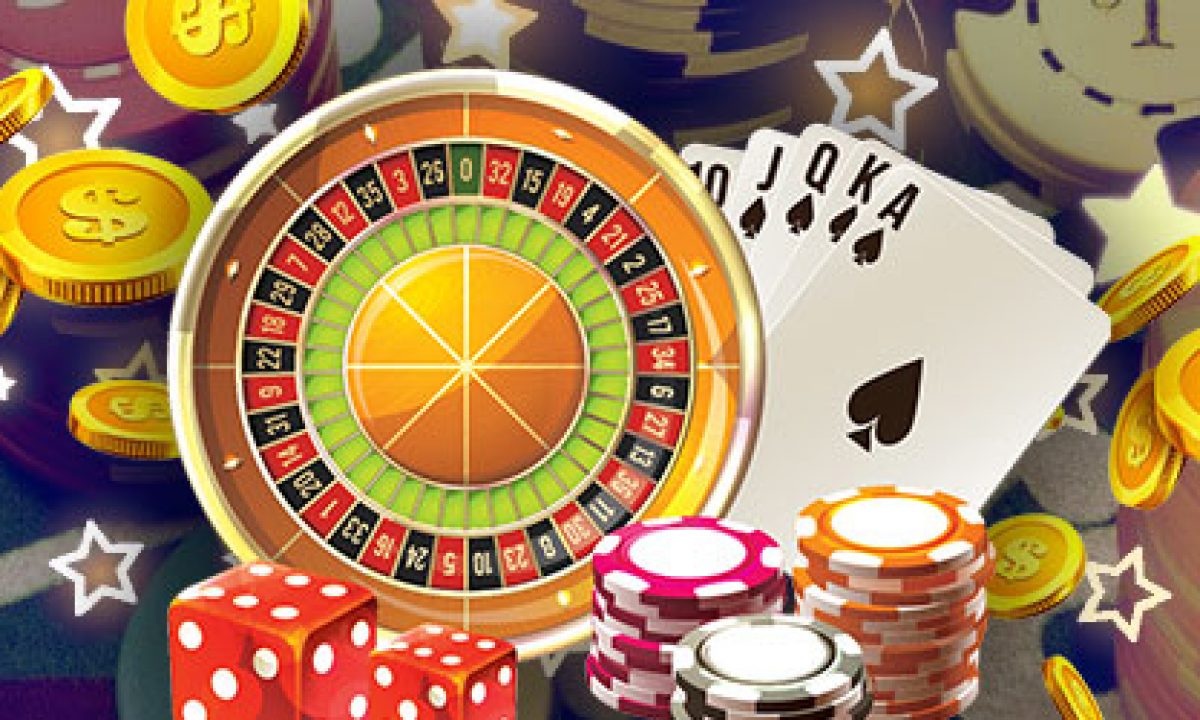Understanding Real Pokemon Cards
In an era where collectibles dominate markets, real Pokemon cards have established their rightful place as not just memorabilia, but also as investment opportunities. With a passionate community behind them, the allure of owning authentic cards remains strong among both casual fans and serious collectors alike. Whether you are revisiting a childhood fascination or stepping into the world of card collecting for the first time, it’s essential to understand what makes Pokemon cards real and how to distinguish them from the increasing number of counterfeit options available. For enthusiasts looking for real pokemon cards, this guide will provide valuable insights into identifying authentic cards and understanding their significance in the market.
What Makes a Pokemon Card Real?
A genuine Pokemon card goes beyond a mere piece of cardboard with illustrations; it embodies creativity, investment, and nostalgia. To determine whether a card is real, you must understand the intricacies involved in its production. Authentic cards are manufactured with high-quality materials, primarily consisting of a cardboard layer sandwiched between two glossy layers. This unique construction gives real cards a specific feel and durability that fakes often lack. The printing process also involves sophisticated technology that produces vivid colors and sharp details, setting authentic cards apart from their counterfeit counterparts.
Common Features of Authentic Cards
- Print Quality: Real Pokemon cards exhibit crisp, vibrant colors and intricate detailing, making the artwork stand out. Look for clearly defined edges and smooth finishes.
- Card Texture: Genuine cards have a slight texture that differs from the glossy, smooth finish seen in many fakes. Authentic cards feel sturdy and flexible without bending easily.
- Weight and Thickness: Authentic Pokemon cards have a specific weight and thickness; any significant deviation can indicate a counterfeit.
- Card Numbering: Valid Pokemon cards have specific numbers matching their set and rarity. A mismatch can point to a fake.
- Holographic Features: Certain cards, especially rarer ones, have holographic elements. The way light interacts with these features can help you determine authenticity; real holograms shift colors as you tilt the card.
The Importance of Card Quality
The quality of a Pokemon card is paramount, especially for collectors and investors. High-quality cards not only retain their value better but also appreciate significantly over time. Cards in mint condition, graded by professional grading services, can achieve astounding prices at auctions. For instance, first edition Charizard cards, when graded perfect, have sold for hundreds of thousands of dollars, underscoring the importance of authenticity and quality in the collector’s market. Taking care of your cards ensures their longevity and helps preserve their value, making it imperative to store them correctly and handle them with care.
Identifying Fake Pokemon Cards
As the demand for Pokemon cards has surged, so has the number of counterfeit cards. Whether you are purchasing from online marketplaces or local stores, knowing how to identify a fake card is crucial for any collector. Here, we will delve into the key differences between authentic and fake cards, as well as useful tools and techniques to help you spot counterfeits.
Key Differences: Real vs Fake
Understanding the differences between real and fake Pokemon cards requires a trained eye, but with some key indicators, anyone can detect a counterfeit. Common signs include:
- Color Variation: Fake cards often have variations in color saturation and brightness compared to authentic cards. For example, the colors on fake cards may appear washed out or overly saturated.
- Print Quality: Counterfeit cards might show signs of pixelation or blurriness, especially around the edges and fine details of the illustrations.
- Weight Discrepancies: Counterfeit cards can be lighter or thicker than real cards, influenced by the inferior materials used in their production.
- Texture Differences: Fake cards often lack the unique texture found in legitimate cards. This can usually be felt when held in hand or through slight friction.
Tools and Techniques for Identification
Equipping yourself with the right tools and techniques can significantly aid you in authenticating Pokemon cards. Here are a few recommended methods:
- UV Light Test: Use a UV light to check the card’s printing. Real cards have certain fluorescent properties under UV light that fakes do not.
- Magnifying Glass: A magnifying glass can help you examine the textures and print patterns more closely. Authentic cards typically have a “blue core,” which is a result of their layered structure and can be identified through a light source.
- Water Test: A drop of water on the surface of a card can help determine authenticity; genuine cards typically repel water, while fakes do not.
- Comparison: Comparing your card with a known authentic card can reveal discrepancies in color, text alignment, or placement of elements.
Common Scams to Watch Out For
As the popularity of Pokemon cards grows, so does the risk of scams, particularly for new collectors. Here are some common scams to be aware of:
- Too-Good-To-Be-True Deals: If a deal seems unrealistically cheap, it probably is. Always research current market prices before making a purchase.
- Unverified Sellers: Purchasing from random sellers or auctions without verification can lead to buying counterfeit cards. Always check seller ratings and reviews.
- Misleading Descriptions: Read product descriptions carefully. Some sellers might mislabel cards, leading you to believe a card’s rarity or condition is better than it is.
Where to Buy Real Pokemon Cards
Finding authentic Pokemon cards can be a challenge, especially with so many shopping options available today. However, knowing where to look can save you time and money. Let’s explore the best places to buy real Pokemon cards.
Top Online Retailers for Authentic Cards
Online retailers have become a central hub for Pokemon card purchases. Some of the most reputable sources include:
- Pokemon Center: The official Pokemon website offers a wide array of cards, ensuring authenticity with every purchase.
- CardMarket: This European market is dedicated to trading cards, providing a comprehensive platform where you can buy and sell authentic Pokemon cards.
- eBay: While eBay can be hit-or-miss, legitimate sellers with high ratings can provide access to a variety of cards. Always check reviews and seller history before buying.
Local Game Stores: A Hidden Gem
While online shopping is convenient, local game stores often host valuable items and knowledgeable staff. Here’s why visiting physical stores can be advantageous:
- In-Person Verification: You can inspect cards physically before purchasing, ensuring their authenticity and quality.
- Community Knowledge: Local game stores typically have staff and patrons who are passionate about Pokemon, offering valuable insights and advice.
- Events and Tournaments: Many stores hold Pokemon events where collectors meet, trade, and sell cards.
Best Practices for Safe Purchases
Whether you’re buying online or in person, following best practices can protect you from scams. Consider the following before making a purchase:
- Research: Always perform adequate research on prices, card conditions, and seller reputations before making purchases.
- Ask Questions: Don’t shy away from asking sellers questions regarding condition, history, and authenticity.
- Buy Graded Cards: Purchasing graded cards from professional services like PSA can ensure authenticity and add an extra layer of security in your investment.
Trend Insights on the Pokemon Card Market
The Pokemon card market is dynamic, with trends shifting based on events, nostalgia, and community demand. Understanding these trends is vital for collectors and investors alike.
Current Market Trends for Real Pokemon Cards
As of today, several noteworthy trends have emerged in the market:
- Nostalgia Drives Demand: A resurgence in popularity, particularly among adults who grew up with Pokemon in the late ’90s, has created a robust market for vintage cards.
- Rise of Online Auctions: Online platforms have made it easier for collectors to buy and sell across the globe, impacting prices and availability.
- Social Media Influence: Social media platforms have transformed how collectors share information and market their collections, significantly affecting card values.
How Rarity Affects Card Value
Rarity plays an exceptional role in determining a card’s market value. The following factors contribute to a card’s rarity:
- Limited Print Runs: Cards released in limited quantities typically fetch higher prices due to their scarcity.
- First Editions: First edition cards, especially those from the base set, hold greater value than reprints.
- Condition and Grading: Cards that are well-preserved and graded as ‘Near Mint’ or ‘Mint’ see higher market valuations.
Future Predictions for Collectors
As the Pokemon community continues to grow, it is expected that the demand for real Pokemon cards will rise. Predictions for the future of the market include:
- Increased Value Appreciation: With more collectors entering the market, especially younger generations, the value of authentic cards is likely to appreciate over time.
- Development of Digital Integration: NFTs and digital collectibles may also influence traditional card markets as collectors explore new forms of ownership.
- Sustained Interest in Vintage Cards: As nostalgia remains a powerful driver, vintage cards will likely retain high demand.
Taking Care of Your Real Pokemon Cards
Once you venture into the world of Pokemon cards and have authentic cards in your collection, it’s essential to take care of them properly to maintain their value and quality. This section will cover optimal storage solutions, cleaning tips, and how to ensure your cards retain their value over time.
Optimal Storage Solutions
Proper storage is vital for the longevity of your Pokemon cards. The following strategies are highly recommended:
- Use Protective Sleeves: Invest in high-quality sleeves to shield cards from dirt, fingerprints, and moisture.
- Binders and Boxes: Store cards in binders with protective pages or specially designed boxes to prevent bending or damage. Ensure these storage solutions are kept in cool, dry areas away from direct sunlight.
- Temperature Control: Maintain a stable climate for your cards to prevent warping or other damages associated with extreme temperature changes.
Cleaning and Maintenance Tips
Keeping your cards clean contributes to their lifespan and condition. Here are some care tips:
- Handle with Care: Always handle cards by the edges to avoid fingerprints and smudges.
- Cleaning Solution: Use a gentle microfiber cloth to wipe down cards with light pressure to avoid scratches—never use water or chemically abrasive products.
Grading and Long-Term Value
Having cards graded by professional services like PSA or Beckett can significantly increase their value and desirability. Grading evaluates the card’s condition and assigns a score, which can attract seriousness among collectors. Here is why grading is crucial:
- Authentication: Grading certifies the authenticity of a card, allowing collectors to confidently trade or sell.
- Market Value: Graded cards typically command higher prices, especially if they are rated in the higher tiers.
- Long-Term Investment: As your collection matures, keep an eye on the grading trends to ensure your collection remains valuable.



